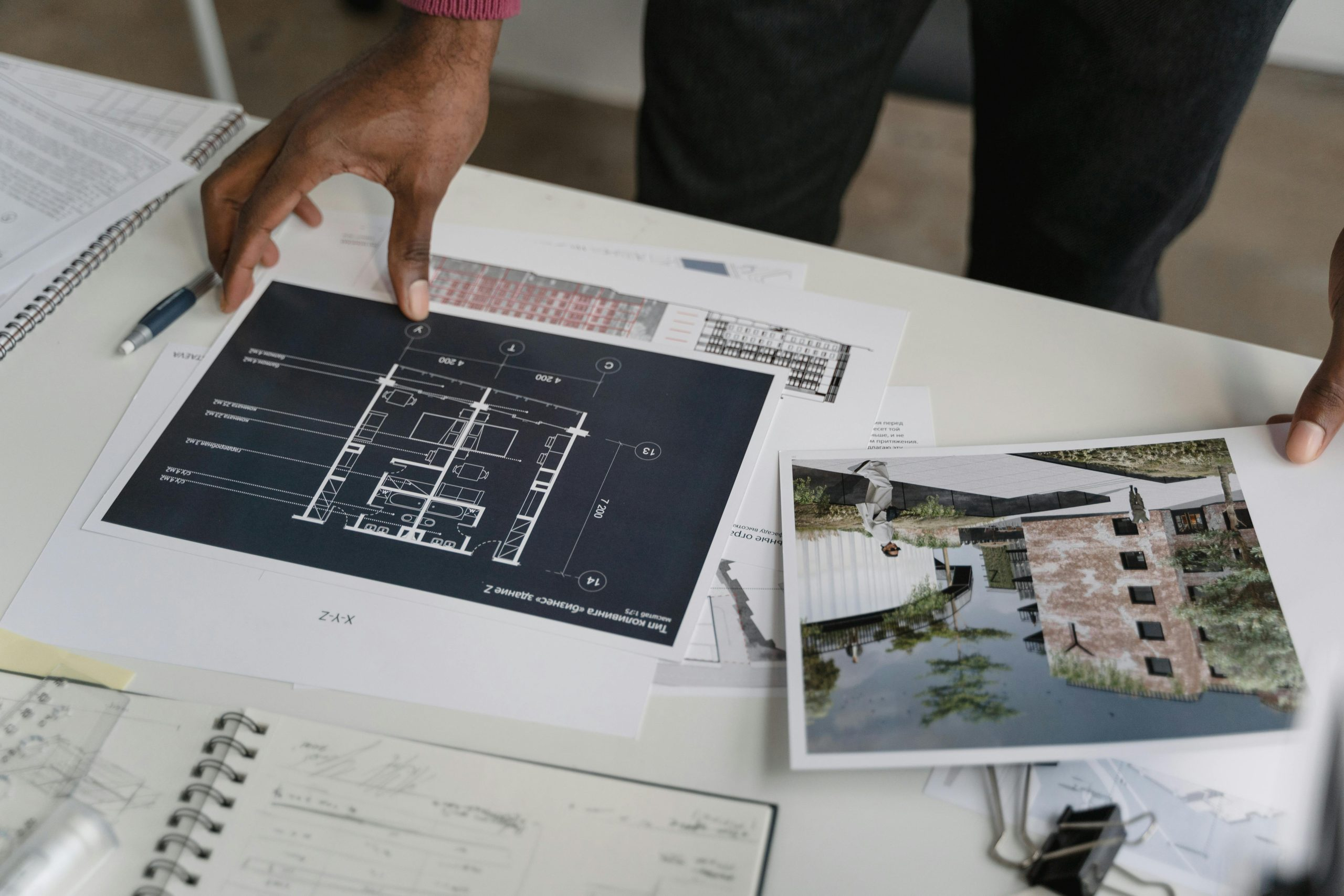Green Technology Transforming Real Estate Developments
The real estate industry is constantly evolving, and one of the most significant changes in recent years has been the integration of green technology. With increasing concerns about climate change and sustainability, developers and investors alike are recognizing the value and potential of incorporating environmentally friendly practices into real estate developments. Green technology is not only transforming the way in which we build and maintain buildings, but also the way in which we live and work within them. In this article, we will explore the impact of green technology on real estate developments and how it is shaping the future of the industry.
What is Green Technology?
Green technology, also known as sustainable or eco-friendly technology, refers to any technology that aims to reduce the environmental impact of human activities. This can include anything from energy-efficient building materials to renewable energy sources. In the context of real estate, green technology is most commonly associated with sustainable building practices, such as using recycled materials, implementing energy-efficient systems, and utilizing renewable energy sources like solar or wind power.
The Rise of Green Technology in Real Estate
In recent years, there has been a growing demand for green buildings, as individuals and businesses recognize the numerous benefits of environmentally friendly living and working spaces. The green building market is expected to reach a value of $280 billion by 2022, and it is estimated that green buildings can save up to 30-50% on energy usage compared to traditional buildings.
Environmental Impact
One of the main driving forces behind the integration of green technology in real estate is the need to reduce our carbon footprint and mitigate the negative impact of buildings on the environment. Buildings currently account for 39% of global carbon emissions, and incorporating green technology into real estate developments can significantly reduce this number. For example, using solar panels or geothermal heating systems can greatly reduce the energy consumption and carbon emissions of a building.
Cost Savings
While there is an initial investment in incorporating green technology into real estate developments, the long-term cost savings can be significant. Green buildings are designed to be energy-efficient, which can result in lower utility bills for tenants and owners. Additionally, green buildings often have a longer lifecycle and require less maintenance, reducing the overall cost of ownership.
Changing Consumer Preferences
Consumers are becoming more environmentally conscious and are actively seeking out eco-friendly options in all aspects of their lives, including where they live and work. By incorporating green technology into real estate developments, developers can attract a growing market of environmentally conscious buyers and tenants.
The Impact on Real Estate Developments
Design and Construction
The integration of green technology in real estate developments starts during the design and construction phase. Developers can use sustainable building materials, such as bamboo or recycled steel, to reduce the environmental impact and increase the energy efficiency of a building. In addition, using innovative technologies like 3D printing can reduce construction time and waste, making the process more sustainable.
Operations and Maintenance
Green technology also plays a vital role in the operation and maintenance of buildings. Smart technology, for example, can be used to monitor and control energy usage, reducing waste and cutting down on utility costs. Additionally, green roofs and walls can help regulate indoor temperatures and improve air quality, creating a more comfortable and healthy living environment.
Resilience to Climate Change
Incorporating green technology into real estate developments can also make buildings more resilient to the effects of climate change. Features such as storm-resistant windows and solar-powered backup systems can help mitigate the impact of extreme weather events, providing a safer and more reliable living and working environment.
The Future of Green Technology in Real Estate
The use of green technology in real estate developments is only expected to grow in the coming years. Governments are increasingly implementing regulations and incentives for developers to incorporate sustainable practices, and consumers are actively seeking out eco-friendly options. As technology continues to advance, there will be even more opportunities for developers to integrate green technology into their projects, making real estate developments more sustainable, cost-effective, and attractive to buyers and tenants alike.
In conclusion, green technology is truly transforming the real estate industry by making buildings more sustainable, cost-efficient, and resilient to climate change. As the demand for eco-friendly living and working spaces continues to increase, we can expect to see even more advancements and integration of green technology in future real estate developments.











